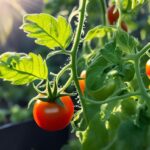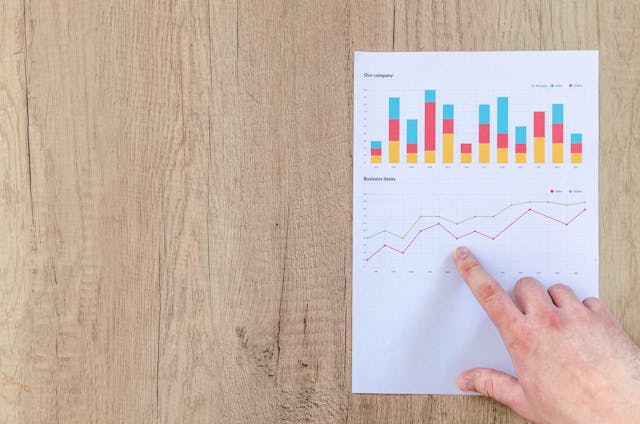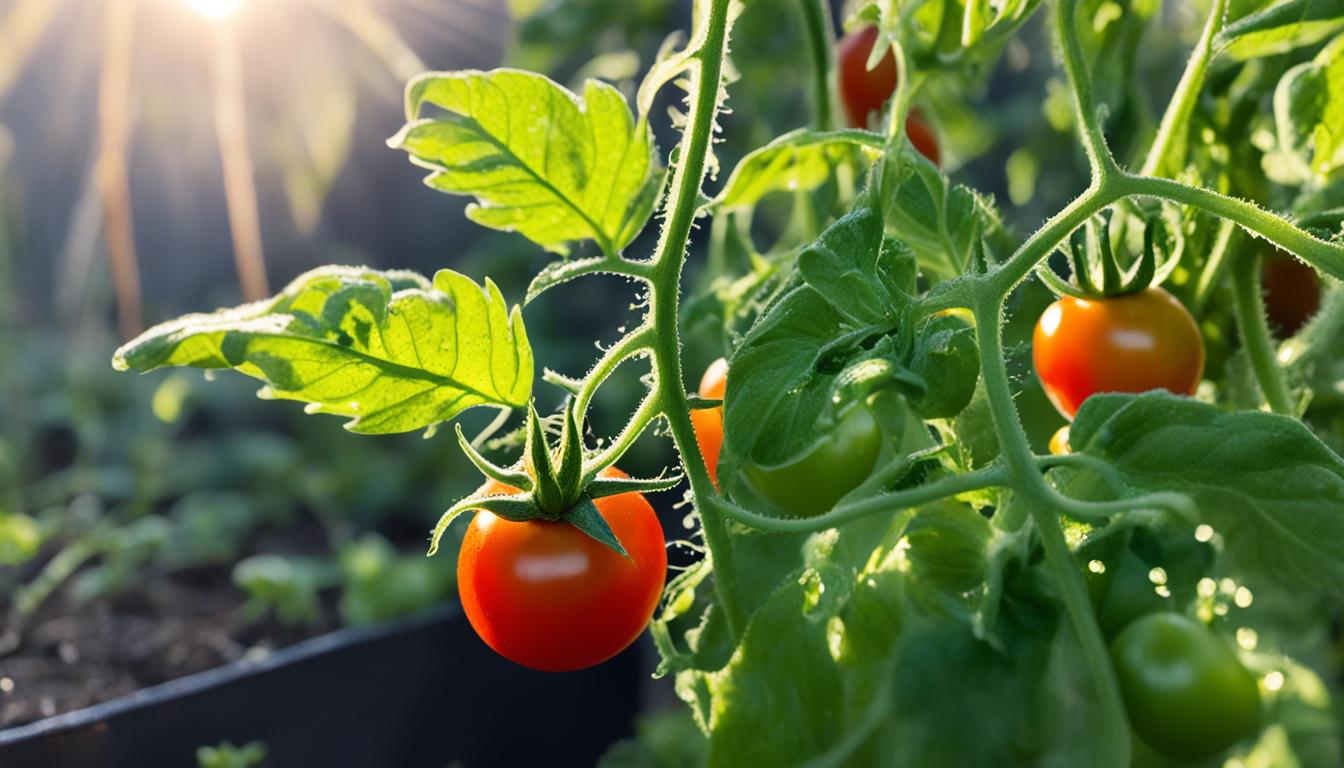Agriculture is one of the world’s most important industries, as it accounts for all the food in the world. Because of its importance, it’s essential that technologies continue evolving to keep up with demand and projects throughout the industry.
Technology in agriculture is vital to its growth and sustainment. Because farmers are able to automate and improve many of their processes with tech, they’re able to maximize yields and minimize losses in a way that the ag industry has never seen before.
In 2020, there are some exciting technologies (some new, some old) propelling our farms. Here are some worth mentioning:
1. Hydraulic System Management
With advanced technologies used to facilitate planting, harvesting, and processing crops comes a need for constant maintenance. Hydraulic fluid leaks are common. It not only puts the equipment at risk for breaking down, but it can also damage the soil.
There are now hydraulic system management services designed to monitor and control any equipment using hydraulics throughout a farm and processing plant. It can detect potential leaks and identify problems, such as the need for new couplings to prevent harmful leaks and keep the equipment running smoothly.
2. Artificial Intelligence
AI has touched every industry in some respect. For the ag industry, artificial intelligence has many irons in the fire to make every aspect of planting, harvesting, and processing run smoothly.
The biggest application of ag AI is in data insights that help farmers predict things like wind speeds, solar radiation, temperature, and precipitation. Forecasted weather data allows farmers to put certain measures in place to prevent crop loss.
They can also use AI insights to monitor the health of their soil and crops. They can use computer vision, machine learning, and robotics to determine areas where the pH levels are too high or where weeds are more likely to grow. This helps to decrease chemical, metal, and pesticide use in the fields by applying it only where it’s needed.
3. Equipment Sharing Economy
The sharing economy has reached agriculture as well in the form of streamlined equipment sharing. Imagine an Airbnb-like service for tractors and combines, allowing farmers to rent the equipment they need without racking up hundreds of thousands of dollars in debt.
There are also sharing platforms designed to help farmers connect with lenders, other farmers, and landowners in need of equipment. These groups can partner up to purchase shared equipment that makes farming processes cheaper and easier.
4. Integrated Equipment Computer Systems
The tractors and heavy machinery of today are much different than those of the past. If you think the technology in your vehicle is sophisticated, you should check out the technology being used in farming equipment.
The integrated computer systems implement incredible technologies, including self-driving capabilities, self-guided GPS, and other automated services. Some farmers are also using drone technologies to monitor their crops, spray pesticides, and connect with equipment technology.
5. IOT Everywhere
The Internet of Things (IoT) has not only changed countless things in our daily lives, but it’s also everywhere in farming. Farmers use IoT to help them make predictive decisions, identify environmental concerns, and automate equipment to work more efficiently for them.
Sensors placed in the fields and on equipment are a huge part of the way IoT impacts farming on a daily basis. Farmers are already using these to help them make predictions and more informed decisions, and that’s only expected to increase with time.
According to a Business Insider survey, 2020 is expected to yield $75 million worth of sales in sensor technology. That’s a 20 percent growth rate that could transform agriculture sustainability and efficiency as we know it.
No industry, including farming, can escape the ever-inclusive nature of technology. We’re looking at high-tech farming today to feed the world more resourcefully and proficiently than ever before.










